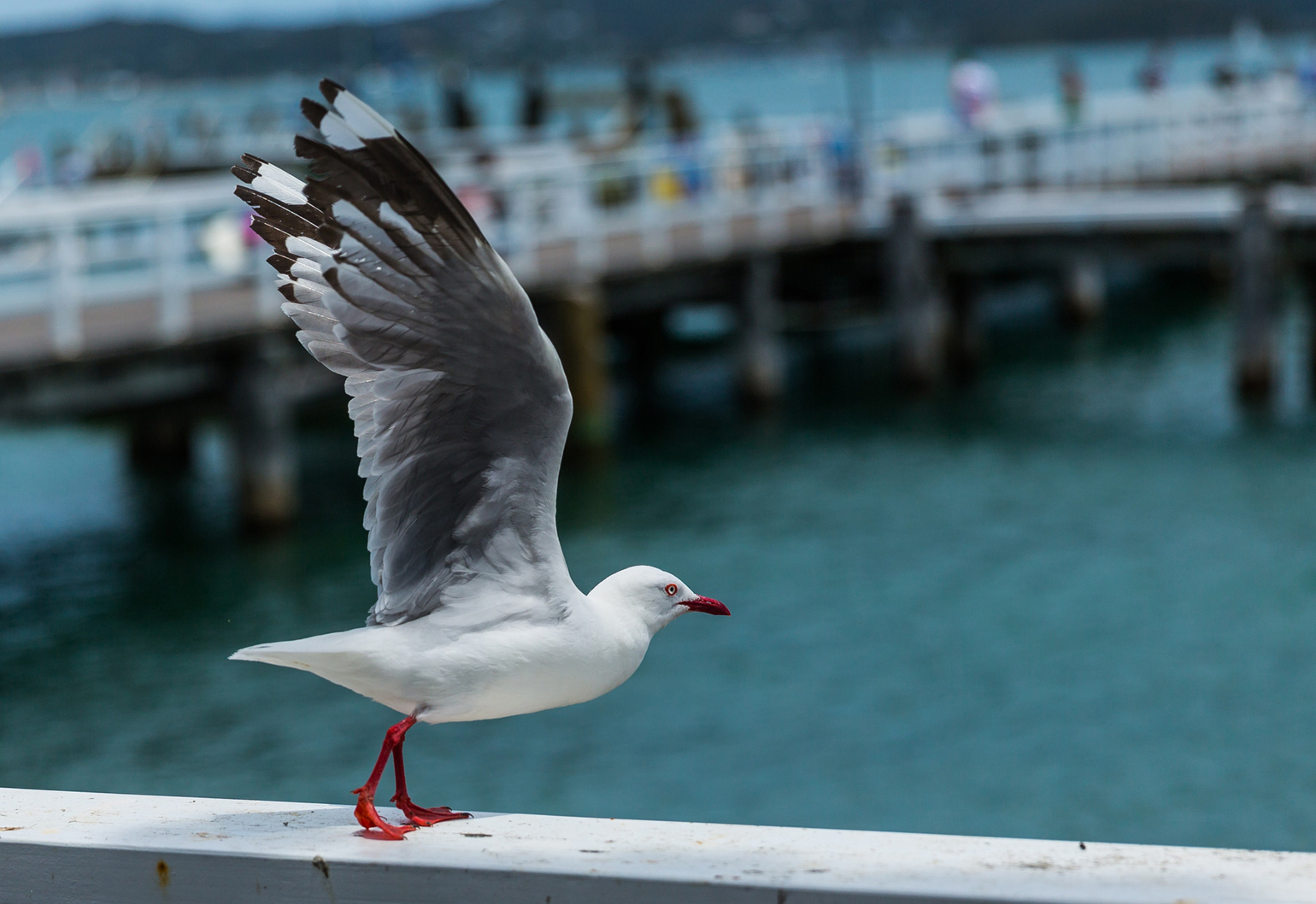Canadian engineers and zoologists are working together to understand how gulls can change the shape of their wings to stabilise flight, with a view to designing super-efficient drones that can stay in the air longer.
Birds are known for their ability to adjust the profile of their wings to suit their ‘mission’, whether that be taking off, diving in pursuit of prey or soaring long distances on thermal currents.
Researchers from the University of British Columbia and University of Toronto have pooled their expertise in animal science and aerodynamics to complete a wind tunnel study of 12 different wing shapes in gulls.
University of Toronto aviation expert Professor Philippe Lavoie hopes the research data can be used to design drones that can glide for extended periods to monitor crops or natural disasters such as bushfires.
“If you can change the shape of the wings, you can create more stable configurations with lower drag when you want more endurance,” Lavoie explained in a media release.
Elbow grease
Gulls are known for their smooth and stable gliding skills. To achieve this kind of flight, they straighten their elbows to extend their wings and create a rounded shape. They also make use of updrafts to create lift, meaning they can save energy by flapping their wings less often.
But for take-off and landing, gulls have a different trick. A flatter shape is better for these stages of flight, so they tuck their elbows in to morph their wing profile.
Lavoie believes there are advantages to applying wing-morphing to drone design.
“The benefit of morphing is that you don’t need bulky control surfaces during flight and it makes it easier to take advantage of energy harvesting through soaring,” he said.
Some engineers have already been inspired by bird flight to create long-distance autonomous gliders. Last year, researchers at MIT used the wave-skimming behaviour of the albatross to design a prototype robotic glider that can ride air currents along the ocean’s surface and sail like a yacht in calmer winds.
A team from the US and Italy have also investigated how AI can be used to train drones to ride thermal currents like a bird. And Airbus has recently established an Australian base for its solar powered pseudo-satellite, which can glide autonomously for up to a month without landing.
Lavoie said that understanding the natural abilities of gulls and other birds was an important first step in gaining the knowhow to create longer-soaring drones.
“The idea of bio-inspired research is to try and understand how nature does it, given that it had millions of years to adapt to certain conditions,” he said, adding that once this work was done engineers could pluck out elements for their own designs.



